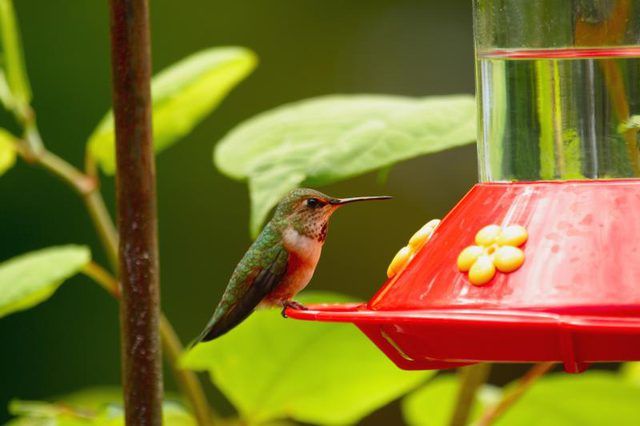Bulbs
Flower Basics
Flower Beds & Specialty Gardens
Flower Garden
Garden Furniture
Garden Gnomes
Garden Seeds
Garden Sheds
Garden Statues
Garden Tools & Supplies
Gardening Basics
Green & Organic
Groundcovers & Vines
Growing Annuals
Growing Basil
Growing Beans
Growing Berries
Growing Blueberries
Growing Cactus
Growing Corn
Growing Cotton
Growing Edibles
Growing Flowers
Growing Garlic
Growing Grapes
Growing Grass
Growing Herbs
Growing Jasmine
Growing Mint
Growing Mushrooms
Orchids
Growing Peanuts
Growing Perennials
Growing Plants
Growing Rosemary
Growing Roses
Growing Strawberries
Growing Sunflowers
Growing Thyme
Growing Tomatoes
Growing Tulips
Growing Vegetables
Herb Basics
Herb Garden
Indoor Growing
Landscaping Basics
Landscaping Patios
Landscaping Plants
Landscaping Shrubs
Landscaping Trees
Landscaping Walks & Pathways
Lawn Basics
Lawn Maintenance
Lawn Mowers
Lawn Ornaments
Lawn Planting
Lawn Tools
Outdoor Growing
Overall Landscape Planning
Pests, Weeds & Problems
Plant Basics
Rock Garden
Rose Garden
Shrubs
Soil
Specialty Gardens
Trees
Vegetable Garden
Yard Maintenance
How to Clean a Hummingbird Feeder
How to Clean a Hummingbird Feeder. Every day, hummingbirds need to eat one-half of their body weight to fuel their fast-beating wings. Hummingbird feeders can attract these colorful birds to your backyard while also providing them with an important source of food. But your hummingbird feeder is not a low-maintenance landscaping decoration and...

Every day, hummingbirds need to eat one-half of their body weight to fuel their fast-beating wings. Hummingbird feeders can attract these colorful birds to your backyard while also providing them with an important source of food. But your hummingbird feeder is not a low-maintenance landscaping decoration and needs regular maintenance and cleaning.
The Importance of Regular Cleaning
Once hummingbirds know your backyard has a feeder, they'll visit regularly. Don't let a dirty feeder dampen their joy. If mold and fungus grow in the feeder, the fungus can infect the hummingbird's tongue and make it swell up. Once swollen, the hummingbird can't eat, painfully starving it to death. Additionally, a mother hummingbird can infect her babies after visiting a dirty hummingbird feeder. If you set up a hummingbird feeder, keeping it clean helps protect the birds that are trustingly visiting your home.
Replacing the Nectar
Even if the hummingbirds haven't drank the contents of the feeder, change the nectar in the feeder at least once every five days. Rinse the feeder with fresh water before refilling it with the sugar solution. When it's left for too long, the sugar in the nectar ferments and bacteria, mold and fungus can flourish. If the weather gets hot and daytime temperatures creep above 90 degrees Fahrenheit, change the sugar solution more often because heat accelerates how quickly the nectar spoils. To help prevent heat-related fermentation, keep the hummingbird feeder in a shady spot.
Wash the Feeder
Once every week, take down the hummingbird feeder. Empty out its contents, then flush it thoroughly under hot, running water. Don't use soap. Use a bottle brush, such as the sort used to clean a baby bottle, to scrub any hard-to-reach areas of the feeder. If the feeder has any removable parts, such as plastic flowers through which the hummingbirds suck the nectar, remove those and scrub them. Allow the feeder to air-dry before refilling it and hanging it back up outside.
Sterilize the Feeder
Sterilize the feeder once every month, or if you notice black mold growing on the surfaces of the feeder. In a bucket, mix 1/4 cup of household bleach in 1 gallon of water. Soak the hummingbird feeder in the bleach solution for 60 minutes to sterilize all of its exposed surfaces. Wearing household gloves, remove the feeder and rinse it thoroughly under running water to rinse away the weak bleach solution. Scrub the feeder with a bottle brush as you would when doing your regular weekly cleanings. Rinse again, let the feeder dry, then refill it with nectar and set it back outdoors.